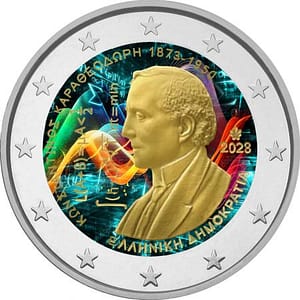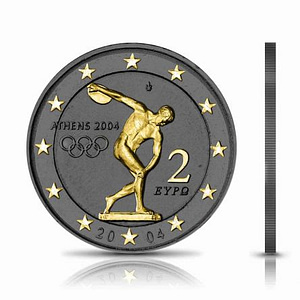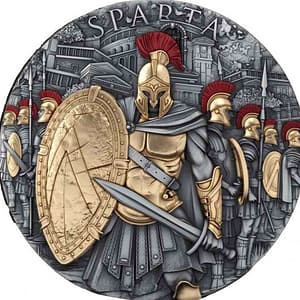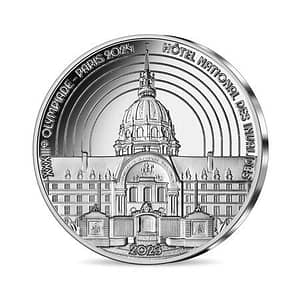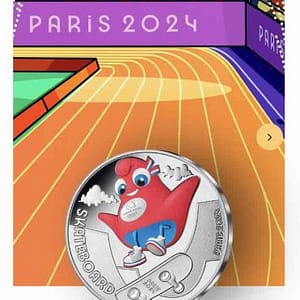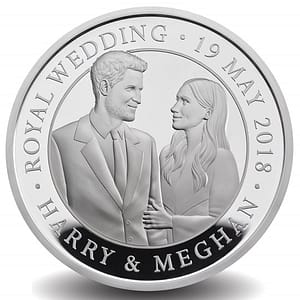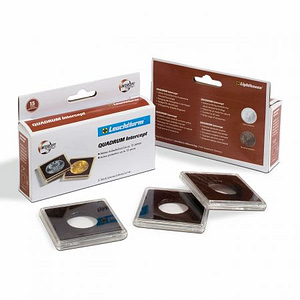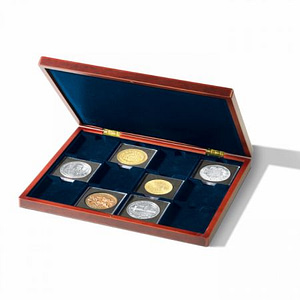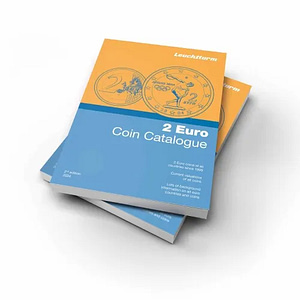It was designed in 1905-1907 by the iconic American Renaissance sculptor and engraver Augustus Saint-Gaudens at the behest of Roosevelt and was first issued in 1907. It was called the Double Eagle because it had double the value of the corresponding gold $10 coin with the American eagle which was in circulation until then.
On one side, Eleftheria is depicted walking in gold in front of the sun’s rays. Her long hair flutters like her airy garment, while in her right hand she holds a torch and in her left an olive branch. On the other side, of course, is the eagle that has spread its wings and is flying while we see it from the side, in front of a rising sun.
The eagles who survived the 1,064.43°C
In 1933 as the country suffers from the economic crisis, President Roosevelt decides to abandon the gold standard. 445,500 gold $20 coins have just been minted – the famous Double Eagle – but they never go into circulation as the government orders that all but two be destroyed. However, we know that 20 more double eagles escaped because they were stolen and went on the market looking for private collectors. Eventually the secret services located 19 of them and destroyed 9.
The two coins that were kept in the first place are in the US National Mint, and one of the rest that escaped the meltdown ended up in the hands of a private individual who paid $7.59 million at auction in 2002 – and the remaining ten are kept in the precious metals vault of Fort Knox.
At the auction
On July 30, 2002 at Sotheby’s headquarters in New York the only 1933 double eagle that the US government considers legal for private ownership was auctioned by Sotheby’s and Stack’s in front of an audience of prospective buyers and observers.
The anonymous bidder bid $7,590,000, setting one of the all-time records for the sale price of a single coin.
The coin appears to have been issued in 1944 by the US with an official export permit from the Treasury, to be included in the collection of King Farouk of Egypt. Farooq was an avid collector and had apparently negotiated to acquire the coin which is considered one of the most beautiful of modern mintage.
In 1952 Farouk was dethroned. His collection was auctioned in Cairo in 1954, while he himself had gone into exile. The US State Department had requested that the valuable coin be delisted from the auction and returned to the United States. The Egyptian government removed the coin from the auction, but did not return it to the US state. For 42 years no one knew where the coin was.
Sources: Daily Mail, US Mint


